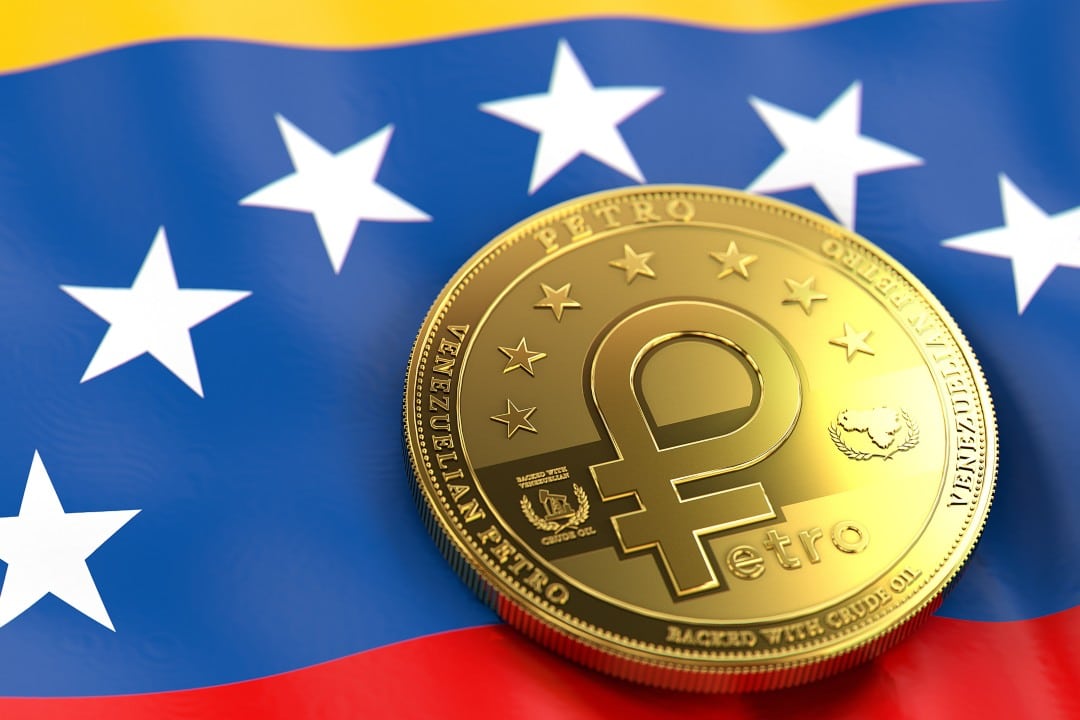What happened to Petro? There are conflicting reports from Venezuela about the use of its state cryptocurrency.
Some time ago, President Maduro said he wanted to use it in the international oil trade, to circumvent US sanctions and to be able to get rid of the US dollar.
However, to date, there is no news that anyone is actually using it for this purpose.
For example, Maduro himself recently confirmed that 260 new trade agreements have been signed between Russia and Venezuela, but there is no evidence that Petro is being used as a means of payment for this international trade.
The only confirmation would come from the government’s Food Supply Program, called Clap, which deals with the purchase of food products from abroad, and which would provide for the use of Petro in some international transactions related to it. However, there is no public evidence of these transactions.
On the other hand, it seems that Venezuela is trying to use its bitcoin and ethereum reserves to pay its foreign debts.
However, according to Russian sources, Venezuelans are actually already using a lot of cryptocurrencies in their daily lives, precisely to circumvent the restrictions imposed by the United States. The same sources assume that Petro is in use in the country and that it could exceed 5% of total use in economic transactions, if not even 15% in the future. Yet even in this case, to date, there is no concrete evidence of this.
There are currently 61,402 blocks on the Petro explorer, about one every 9 minutes since it was launched in October last year. It is not possible to know the number of transactions or browse the blockchain.
Moreover, according to the website hackernoon.com, both the Sunacrip (Superintendency of Cryptoassets and Related Activities) and the superintendent Joselit Ramírez are not responding via social networks, despite the fact that they promote them as the main channel of communication. Also by phone and email, it is impossible to get answers.
All this suggests that the management of this cryptocurrency is very unclear, and yet in an article signed by the President of Asonacrip, Jose Angel Alvarez, it is stated that Petro would be a stablecoin and is going through a very important phase. In fact, Alvarez declares:
“Everything is starting to make sense, and we’re talking about the relationship created between the Petro and Bitcoin’s value. At the time this article was being written, the Petro had a value of 0.00635000 BTC, or 635,000 Satoshis, and here is the magic moment where any relationship of our sovereign crypto asset with the dollar disappears”.
By contrast, Maduro’s main political opponent, Juan Guaidó, has declared that he does not consider Petro to be a real cryptocurrency and that he considers it to be a fraudulent currency.
In fact, he points out that in theory it should be backed by oil but on the basis of an “electronic bond with backing” that nobody believes in. Surely, therefore, it is difficult to find credible information about the currency, to the extent that it cannot be considered reliable.
At this point, it is impossible to say with certainty whether it is in use, or not, if it really has stable value or if it is only a failed attempt to revive the troubled economy of Venezuela.
The information is too little, too unclear, and too divergent.
Surely this project has nothing to do with real cryptocurrencies, which instead have clear, public data and operating logics that can be easily verified by anyone.
Petro, on the other hand, is only a trivial digital currency of the central bank, probably not unlike, for example, the one that China could soon launch.




